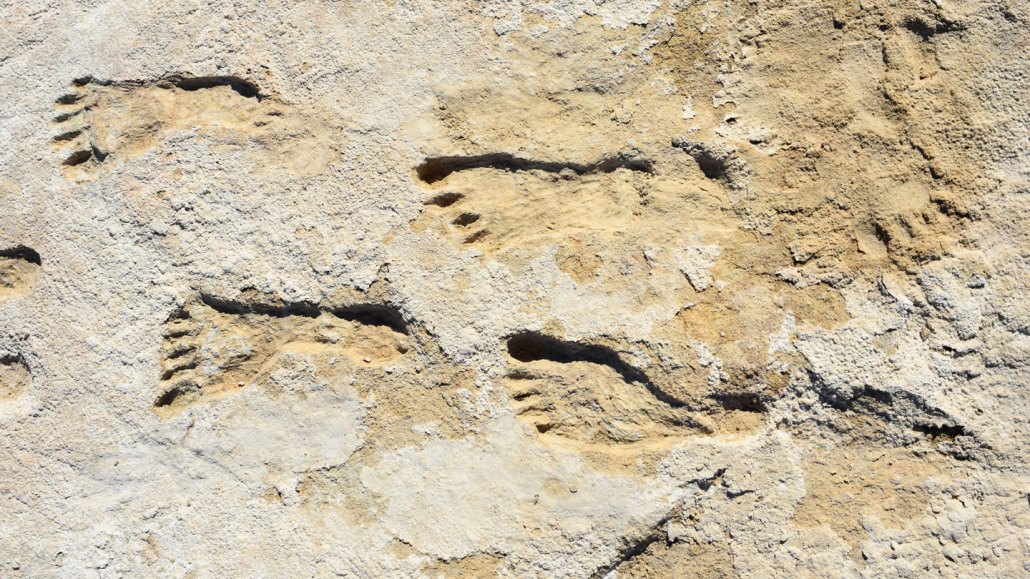‘Ghost tracks’ suggest people came to the Americas earlier than once thought
If confirmed, newly described footprints could help rewrite textbooks

These human footprints from what’s now New Mexico may be between 23,000 and 21,000 years old. If so, that would make them some of the best evidence yet that humans were in North America during the height of the last ice age.
David Bustos/National Park Service, Bournemouth Univ.






